Indulge in the decadent sweetness of homemade rasgulla with this fail-proof recipe that is perfect for festivals and celebrations. I have included all the tips, tricks, and troubleshooting techniques you will need to make the perfect rosogolla at home. Want to try a unique fusion dessert? Check out this raspberry kalakand.
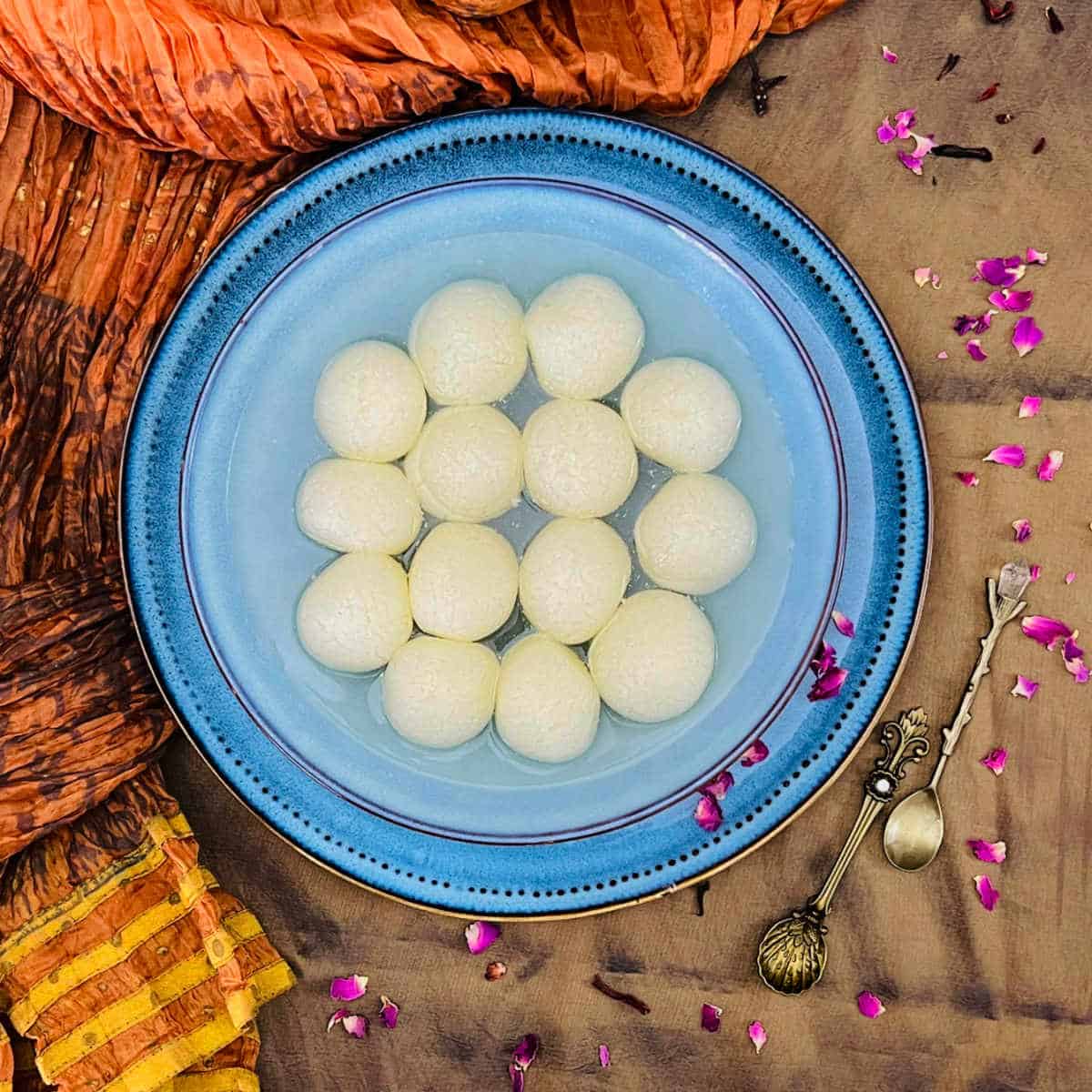
Rasgulla or roshogolla, a milk-based sweet dish hailing from Bengal, needs no introduction and is a popular treat across India. Making rasgulla is quite simple once you get the hang of it. This recipe post covers everything you need to know to make the perfect spongy rasgulla that tastes just as good as the ones you get from a mithaiwala.
Why you will love this rasgulla recipe?
- Making rasgulla can sound complex, but with my tried and tested recipe, you can make perfect rasgullas every time.
- This rasgulla recipe includes tips and tricks to help you achieve the perfect texture and consistency of the rasgulla.
- Rasgulla-making can be tricky, so I have provided answers to all the common questions or any issues that may arise during the process. Just head to my FAQs section!
Ingredients
Milk: Use whole milk to make this dish.
Sugar: I use sugar to sweeten them; however, jaggery can also be used to sweeten them, which gives them a brown hue.
Lemon juice: Lemon juice is used to curdle the milk and separate the whey.
Flour: Here is my secret ingredient. I add 1 teaspoon of all-purpose flour per liter of milk to give the perfect texture.
Step-by-step instructions to make rasgulla
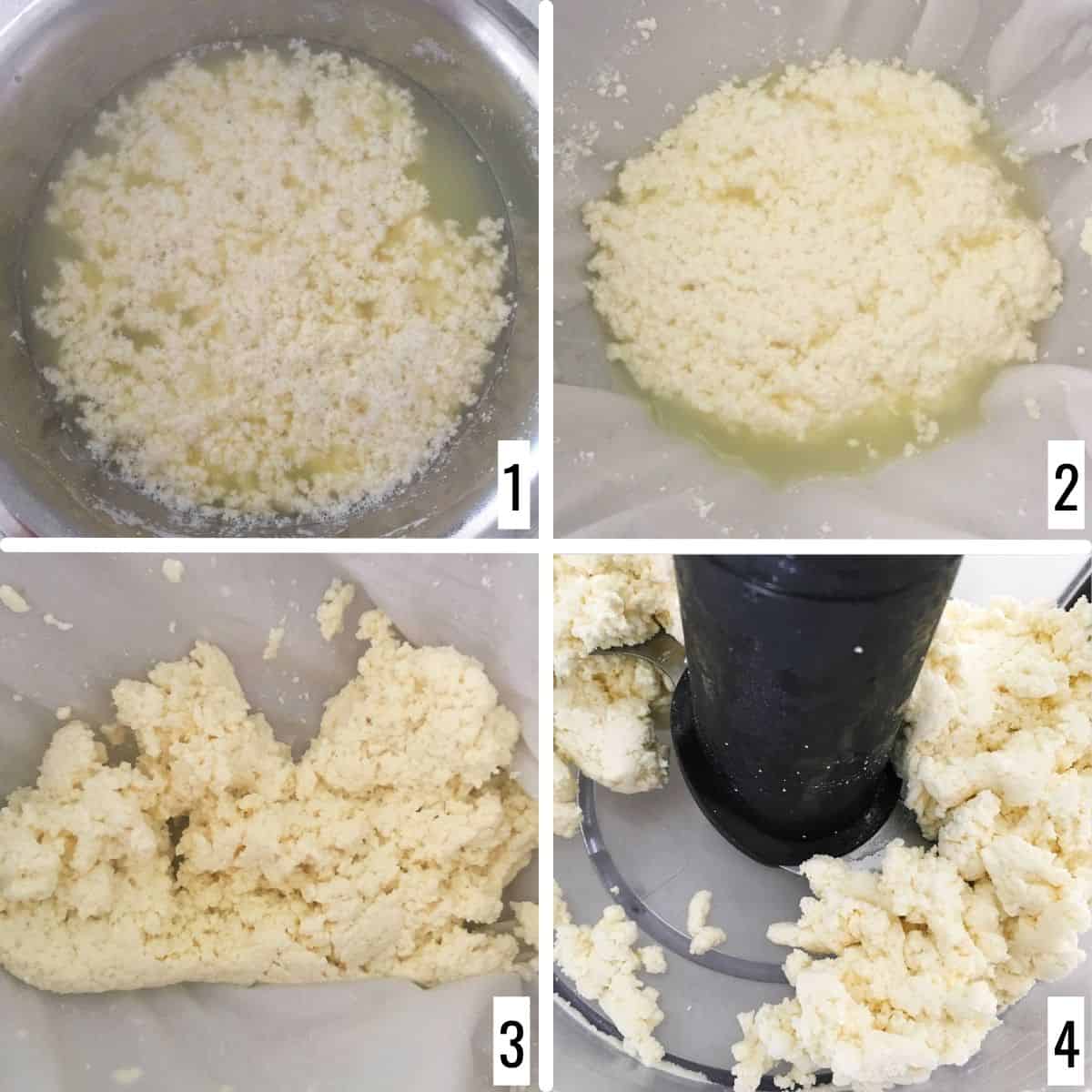
Step 1: Place the milk in a thick bottom pan and bring it to a boil. Pour in the lemon juice, stirring continuously, and turn off the heat. Let it sit for a minute. At this stage, the milk will curdle, and whey separates from it (image 1).
Step 2: Take a muslin cloth or cheesecloth into a colander and pour the curdled milk into it. Squeeze out excess water gently and let the cottage cheese/chana cool completely. At this stage, the cottage cheese will be very crumbly (images 2 and 3).
Step 3: Put the cottage cheese into a food processor or mixie along with 1 teaspoon of flour (image 4).
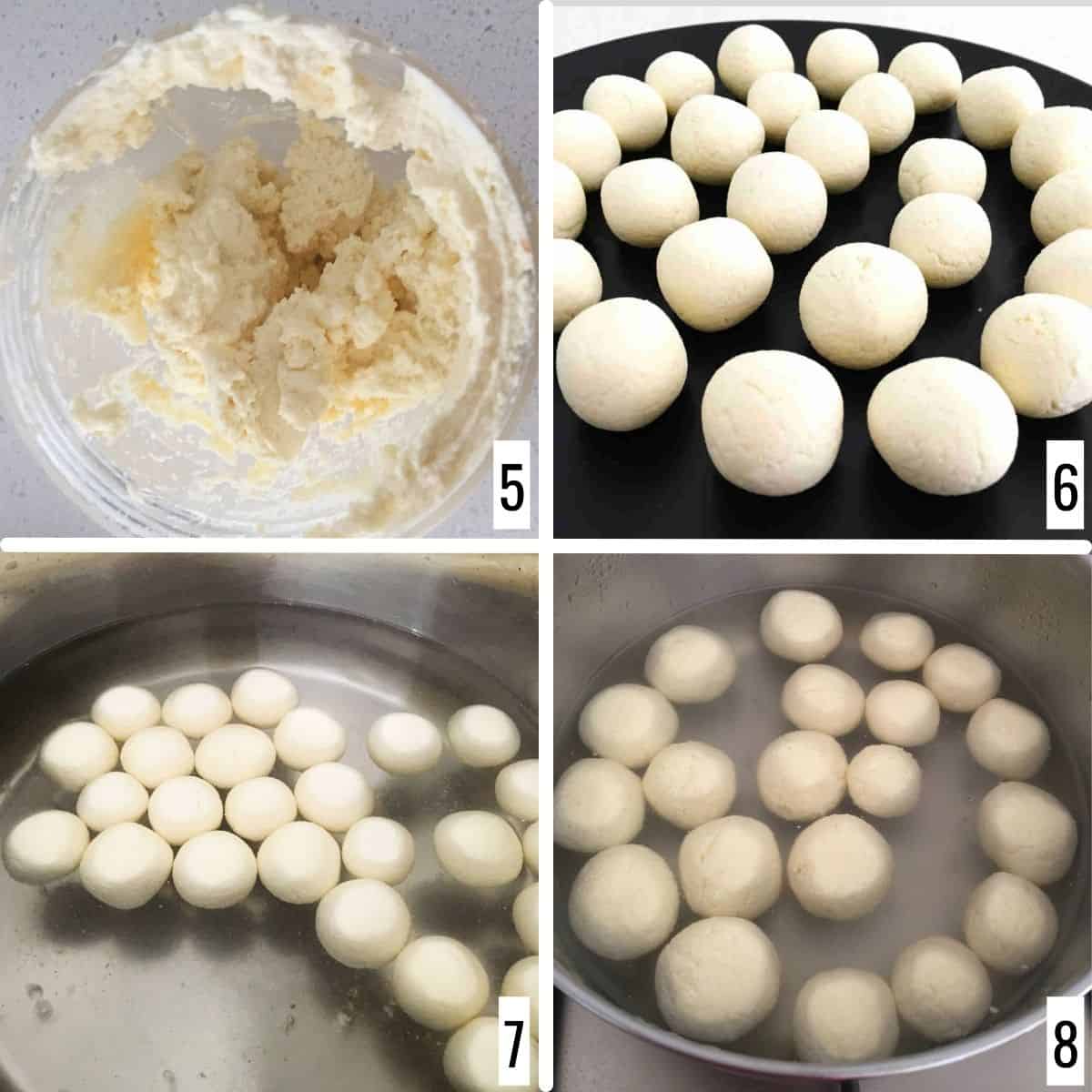
Step 4: Process until it comes together and is soft, about a minute. The flour is just to bind the cottage cheese together. It is really important not to add more flour else they will lose their taste (image 5). Make small balls with this chana, taking care there are no cracks (image 6).
Step 5: In a heavy bottom pan, add water and sugar together and bring to a boil. Let the sugar dissolve completely. Add the cottage cheese balls into the syrup and cover the pan (image 7).
Step 6: Simmer for 15-20 minutes until the rasgullas are cooked and almost double in size. To check if they are done, take cold water in a bowl and carefully drop one rasgulla into it. If it sinks, it is done. If it floats, simmer for another 1-2 minutes and check again (image 8).
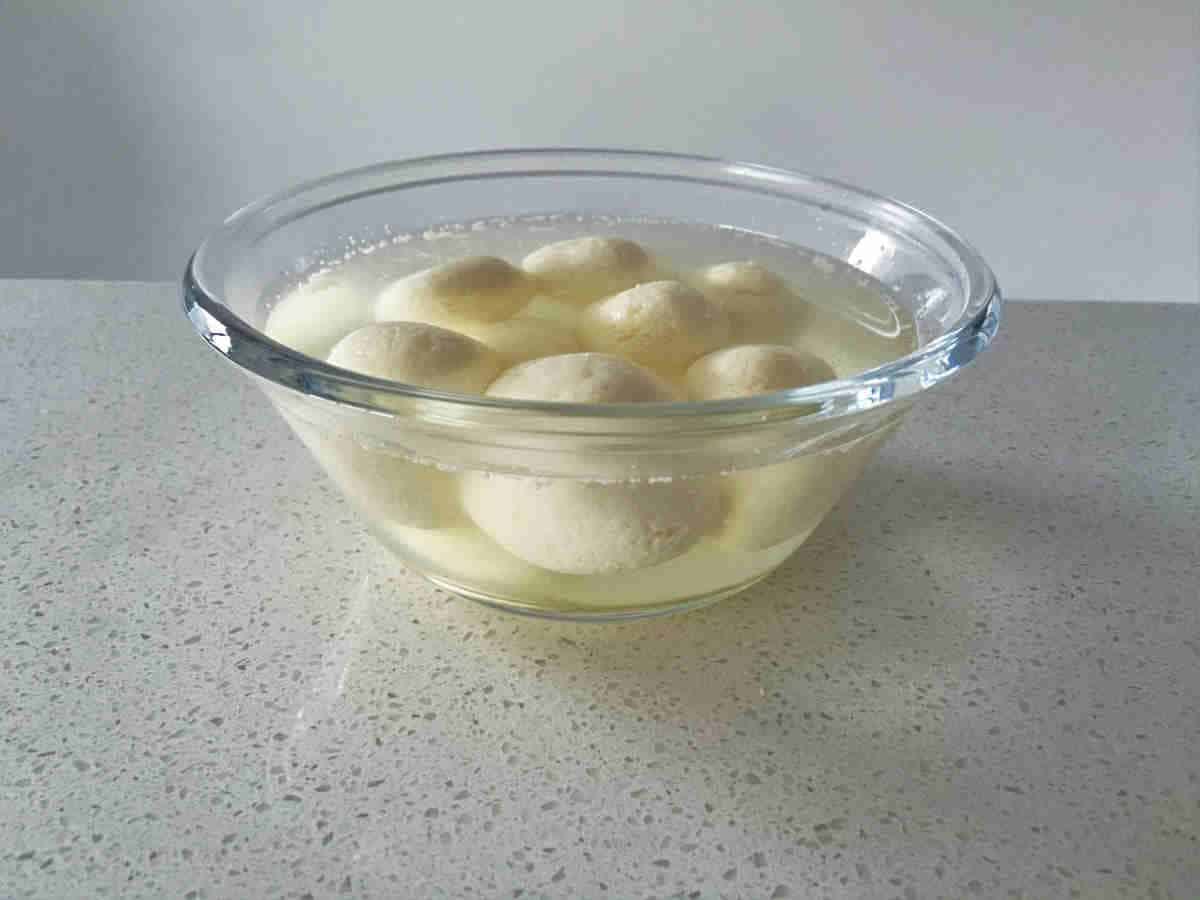
Expert Tips
Use whole milk, and where possible, use unhomogenized milk.
Use the right-sized pan for boiling. They swell up and become almost double in size. Do not overcrowd them in the pan. If needed, make them in batches.
The moisture content of chenna/chana is important. You need to squeeze out the excess whey gently from the chena, but also take care it is not too dry. If the chena is dry, the rosogola will turn hard, and if it has too much moisture, it will fall apart in the syrup.
Make chena/chana, and do not use paneer. Chena and paneer are different, and this sweet cannot be made with paneer. Always make fresh chhena and use it to make rasgullas.
Once you add the lemon juice to curdle the milk, turn off the heat. Do not boil the milk after adding the lemon juice.
Do not overprocess the chena in the food processor. Else, it will turn too soft and difficult to handle. Process it for just about a minute. You may knead the cottage cheese with your hands, but I find it time-consuming and tedious. Also, using a food processor will give you a uniform result.
Make sure you add just one teaspoon of flour per liter of milk. We just need the flour to bind the chenna. Adding more flour will alter the taste of the rasgullas.
When making balls, roll them gently between your palms. Make sure there are no cracks on the cheese ball.
To check if they are done, take cold water in a bowl and carefully drop one rosogolla into it. If it sinks, it is done. If it floats, simmer for another 1-2 minutes and check again.
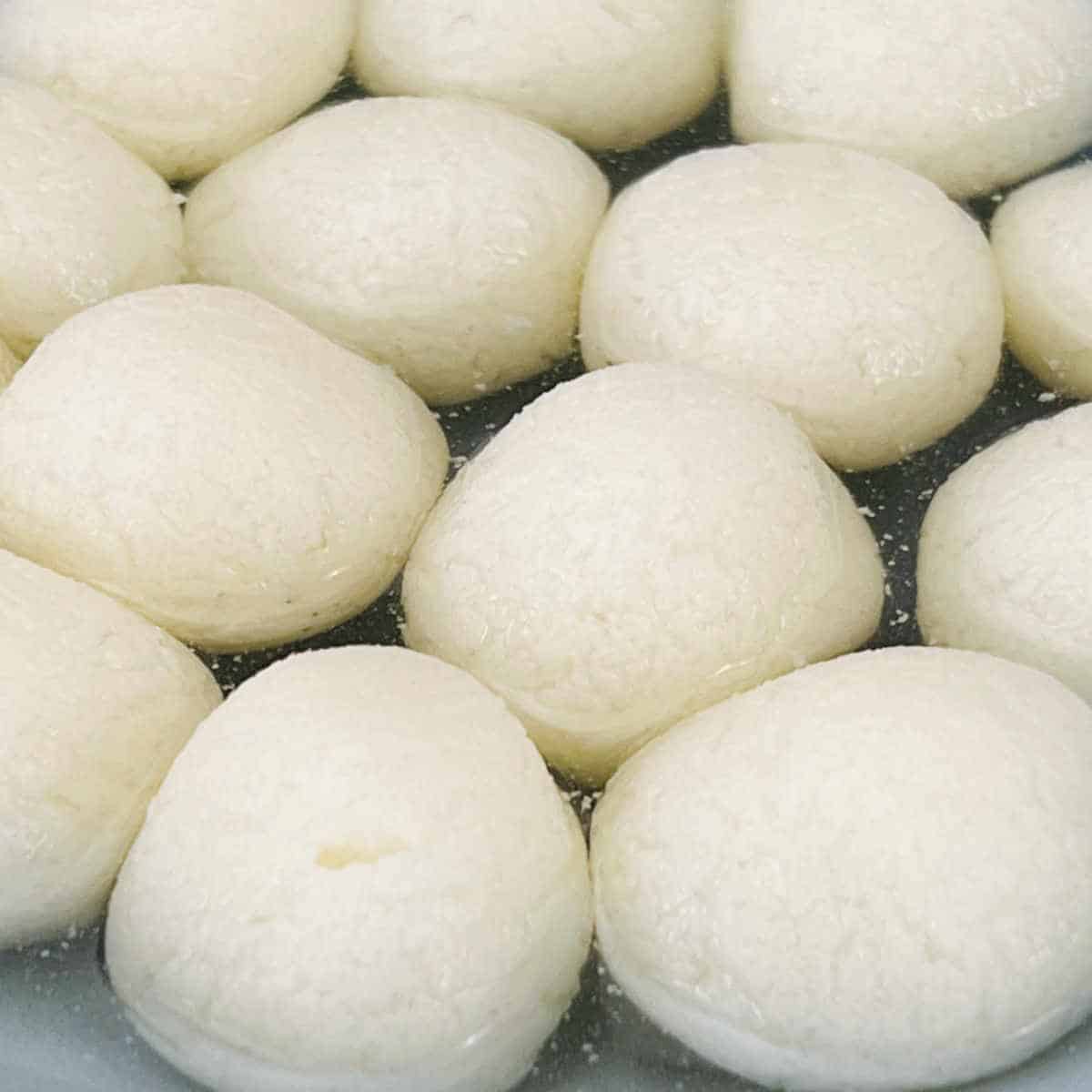
Variations of rasgulla
While the authentic rasgulla recipe is made with chenna (cottage cheese) and sugar syrup, here are some variations of this beloved dessert that you can try.
- Nolen Gur Rasgulla: Infused with date palm jaggery syrup, offering a caramel-like flavor.
- Rajbhog: Larger and richer version, stuffed with nuts and spices for a complex taste.
- Rasbhari: Mini-rasgulla, small, round, translucent balls with delicate, juicy pulp.
- Rasmalai: Flattened chenna discs soaked in sweetened milk with cardamom and saffron.
- Chocolate Rasgulla: Cocoa powder is added to the chenna mixture for a chocolaty twist.
- Mango Rasgulla: Mango puree is incorporated into the chenna mixture for a fruity flavor.
Recipe FAQs and troubleshooting
They will turn hard if the chena is too dry or if it is over-processed. Take care not to make it too dry while squeezing out the whey. Irrespective of whether you use a food processor or knead it with your hands, do not overdo it. The food processor should take less than a minute.
Do not boil the milk after adding lemon juice. Turn the heat off immediately. Rasgulla will turn chewy if the curdled milk is boiled.
This can happen for two reasons – the moisture content in chena is high, or they are over-processed. The rasgulla can turn flat if they do not get enough space to expand. They need a lot of space to expand.
Drop a rasgulla in a cup of water. If they sink, they are done, and if they float, they are not cooked completely and need to be simmered for a few more minutes.
To store rasgulla, let them cool to room temperature, place them with the sugar syrup in a clean, airtight container, and keep them in the refrigerator for up to 5-6 days. For longer storage, freeze them in their syrup, and when needed, thaw them in the refrigerator or warm them in the microwave before serving.
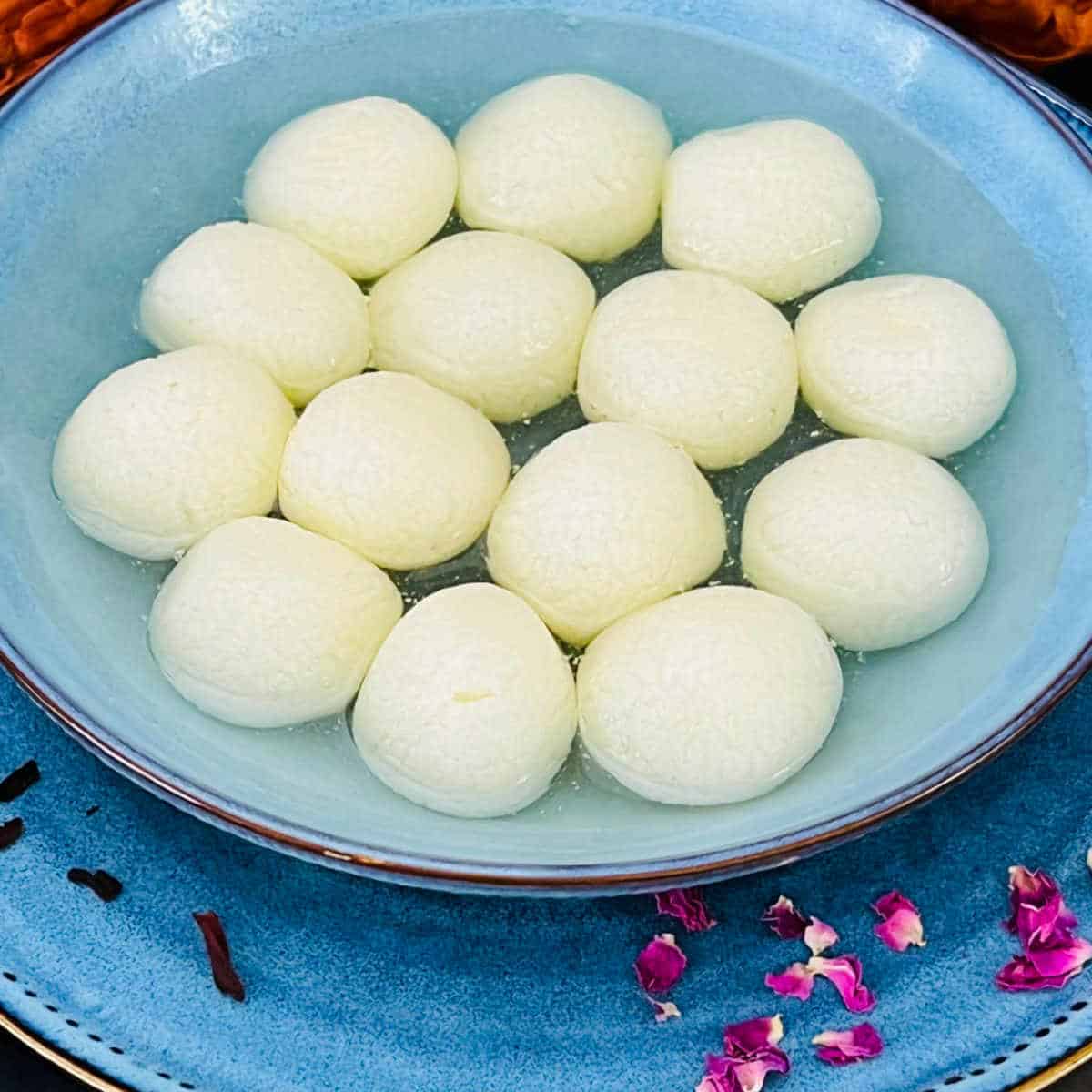
More Indian desserts
If you tried this Authentic Rasgulla Recipe or any other recipe on my website, please leave a ? star rating and let me know how it went in the ? comments below.
Recipe card
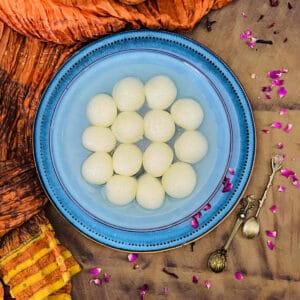
Authentic Rasgulla (Bengali Sponge Rasgulla)
Ingredients
For the chena balls:
- 4 cups whole milk (1 liter / 1 quart)
- 2 tablespoon lemon juice
- 1 teaspoon all-purpose flour
For the sugar syrup:
- 3 cups sugar
- 4 cups water
Instructions
Make the chena balls:
- Place the milk in a thick bottom pan and bring it to a boil.
- Pour in the lemon juice stirring continuously and turn off the heat. Let it sit for a minute. At this stage, the milk will curdle and whey separates from it.
- Take a muslin cloth or cheesecloth into a colander and pour the curdled milk into it.
- Squeeze out excess water and let the cottage cheese/chana cool completely. At this stage, the cottage cheese will be very crumbly.
- Put the cottage cheese into a food processor or mixie along with 1 teaspoon of flour.
- Process until it comes together and is soft, about a minute (the flour is just to bind the cottage cheese together. Don’t add more flour else the rasgullas will lose their taste)
- Make small balls with this chana.
Simmer in sugar syrup:
- In a heavy bottom pan, add water and sugar together and bring to a boil. Let the sugar dissolve completely.
- Add the cottage cheese balls into the syrup and cover the pan.
- Simmer for 15-20 minutes until the rasgullas are cooked and almost double in size.
- Serve warm or cold.
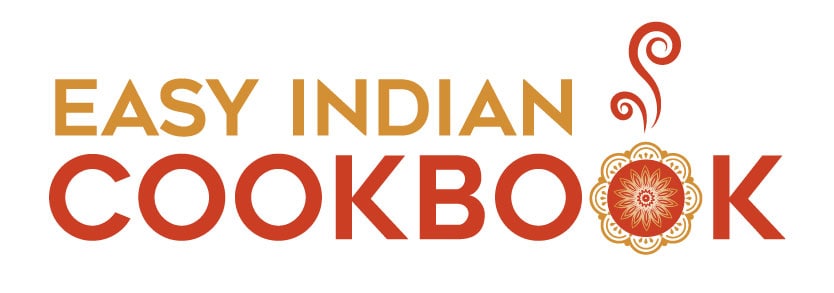
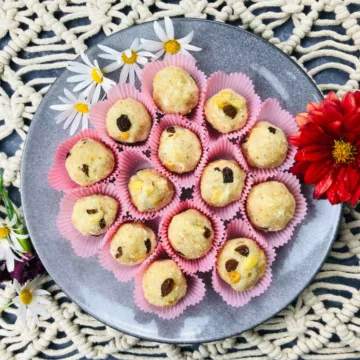
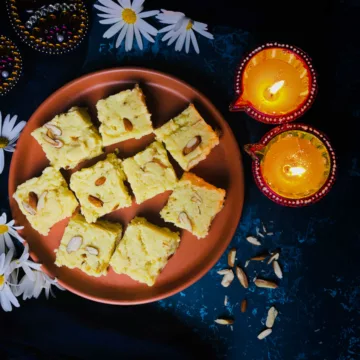
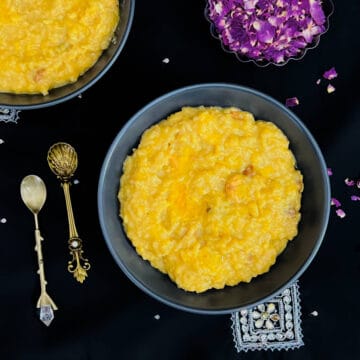
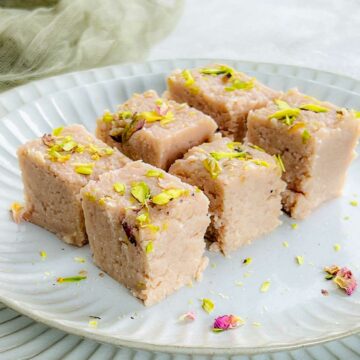
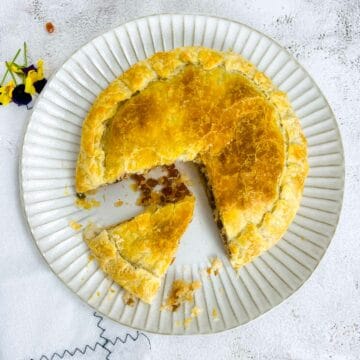
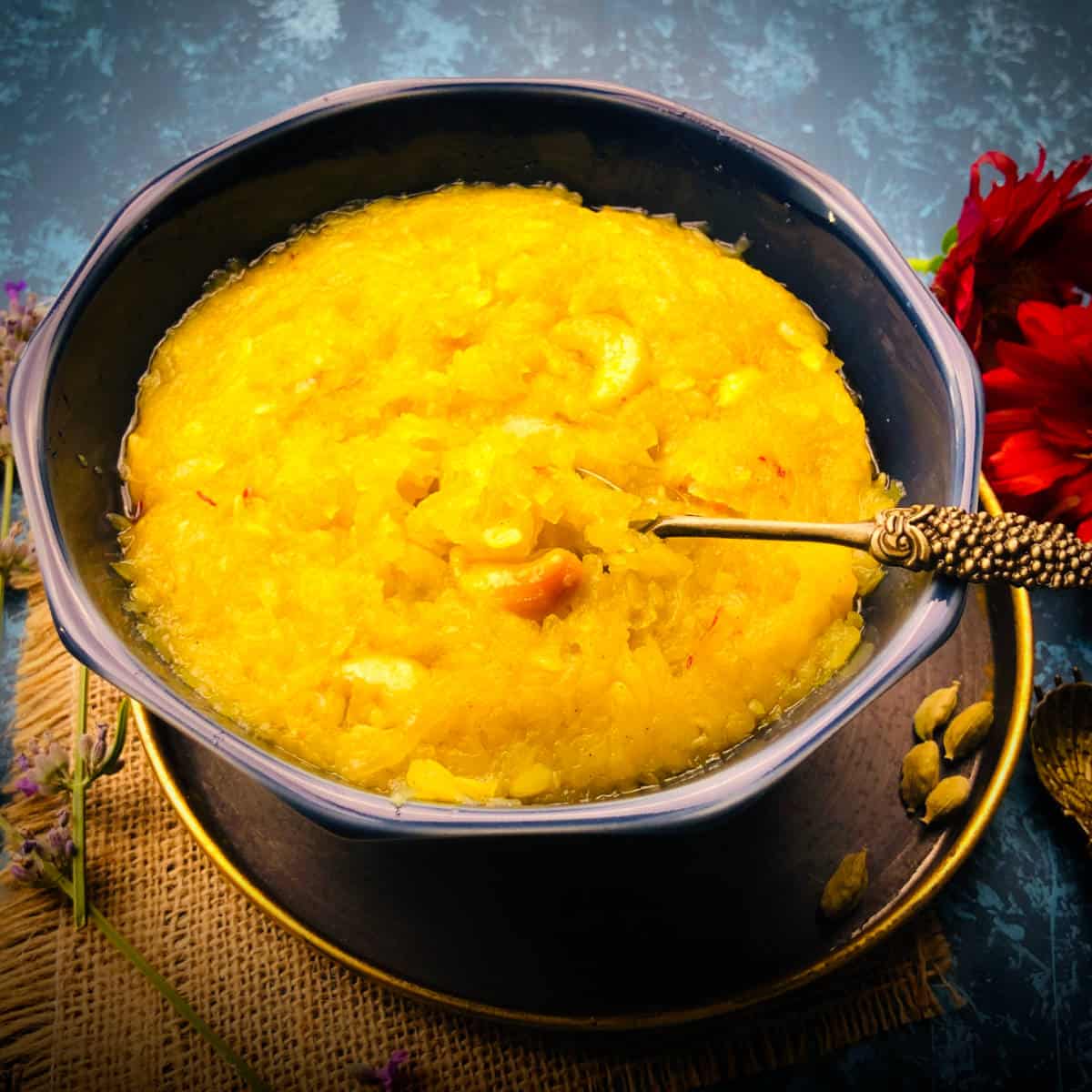
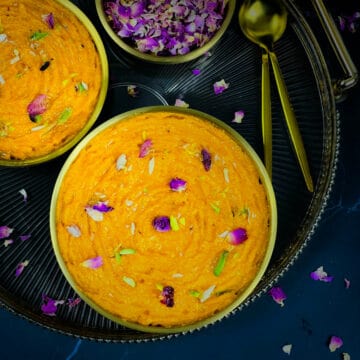
Comments
No Comments